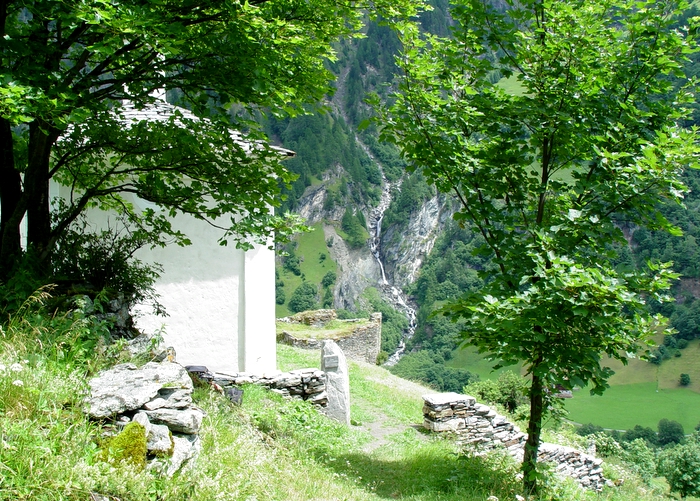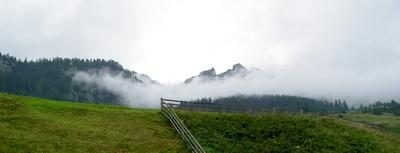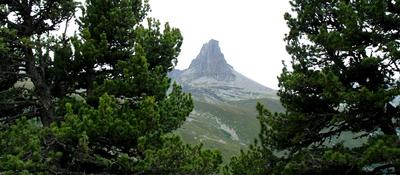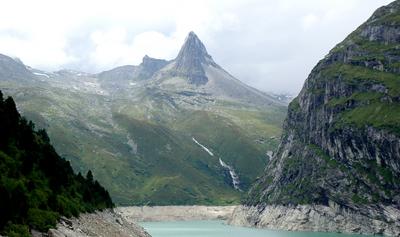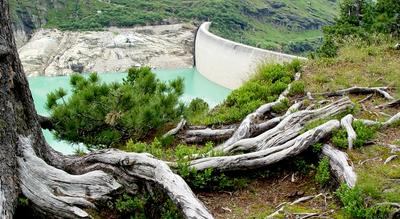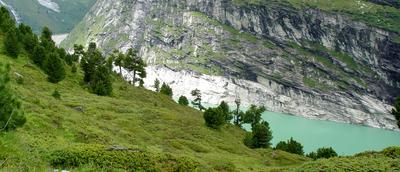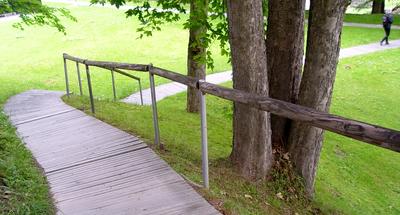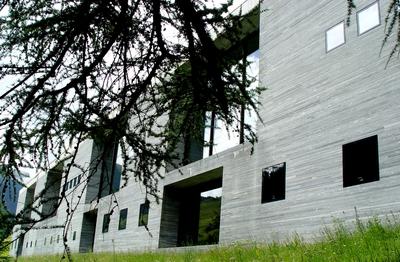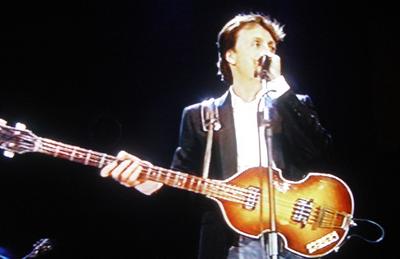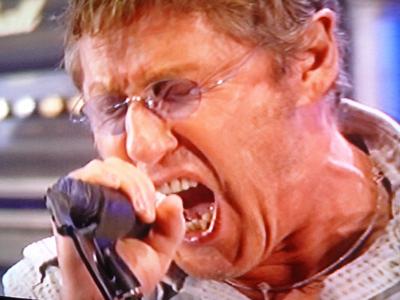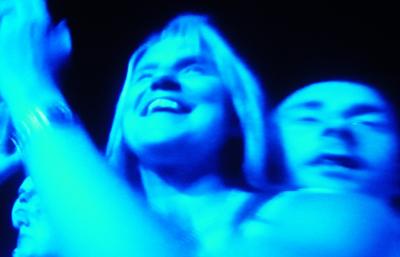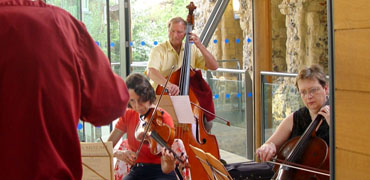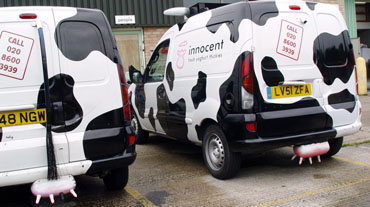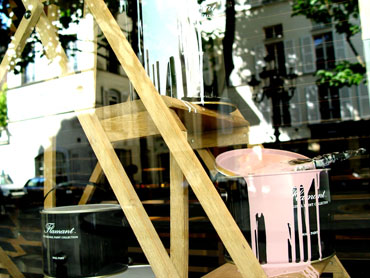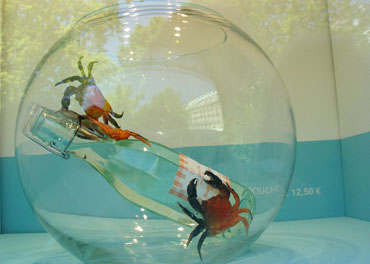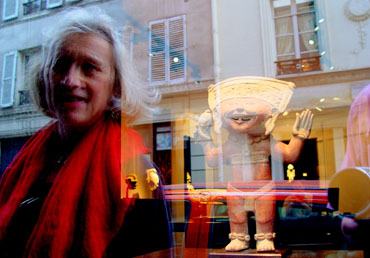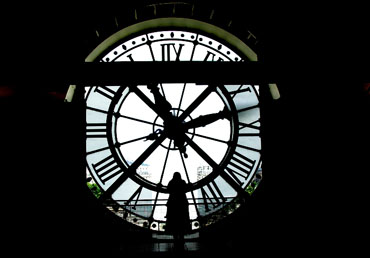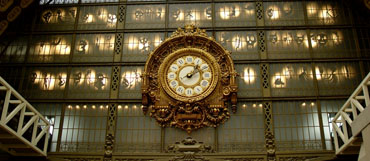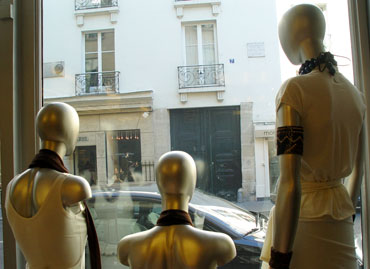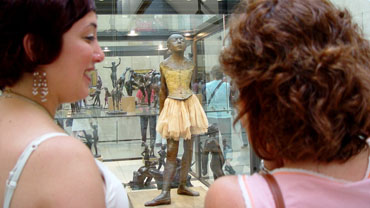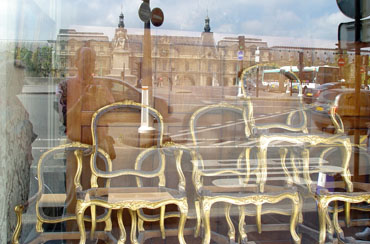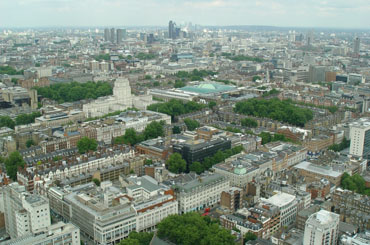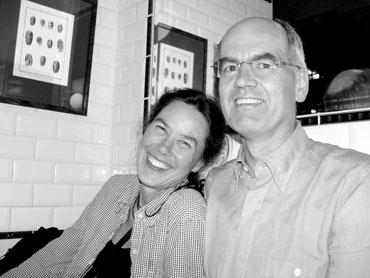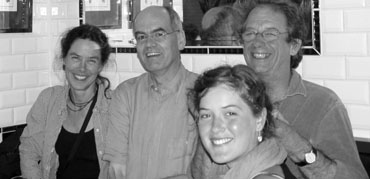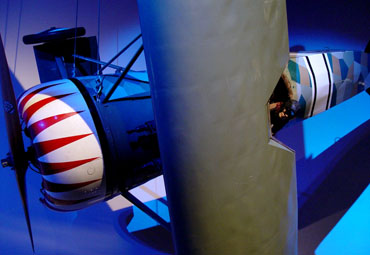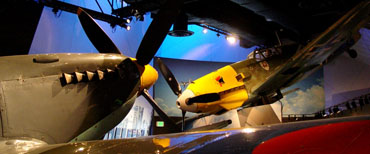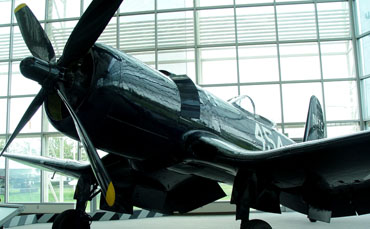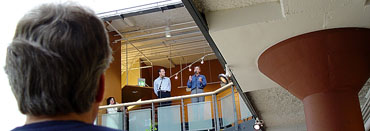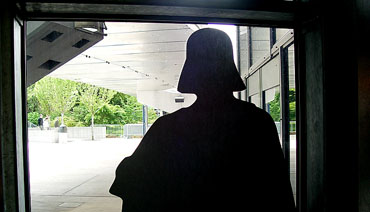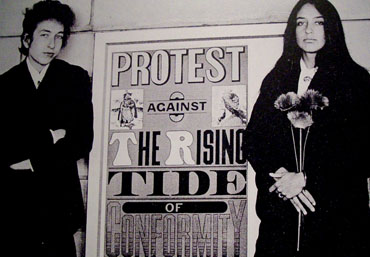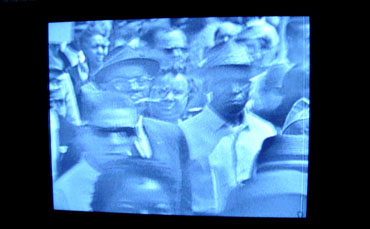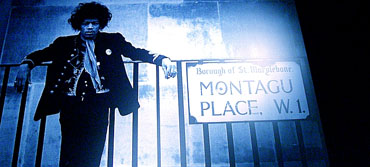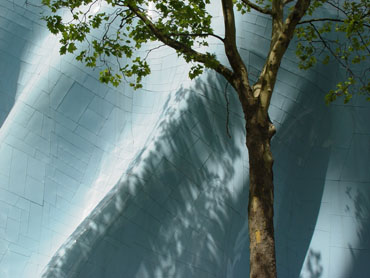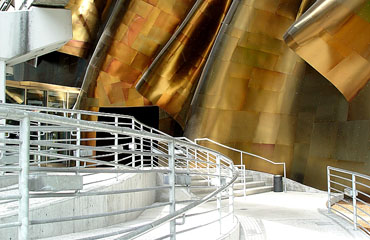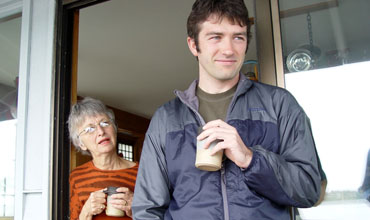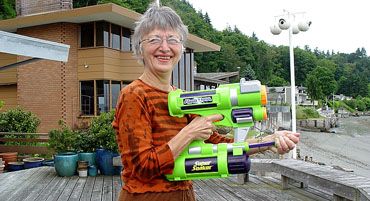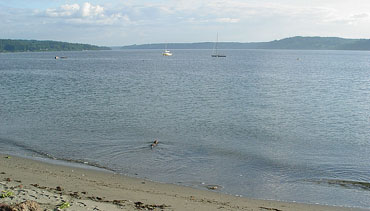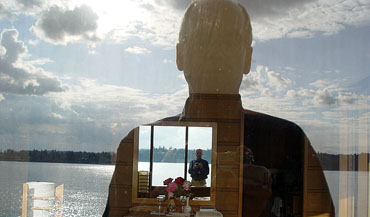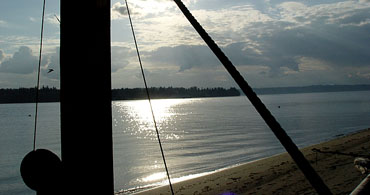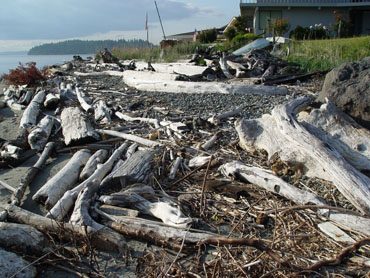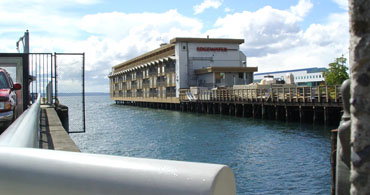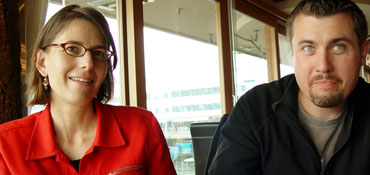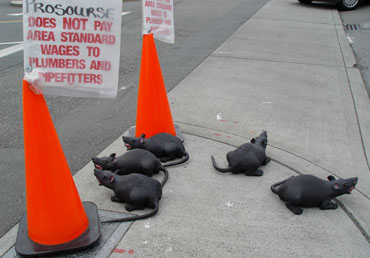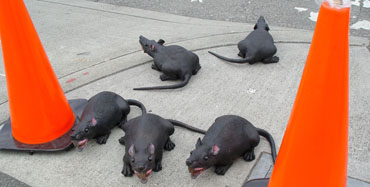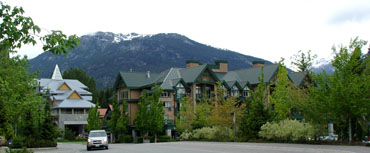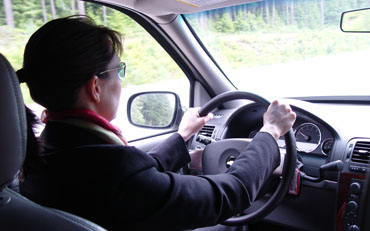October 2005 31 October 2005
Sunday, October 30, 2005
SHE SAT DOWN SO WE COULD STAND UP
Was reading Nine Horses, a slim volume of poetry by Billy Collins (Picador, 2002), this morning and idly musing over my long-standing appetite for obituaries. We get two daily newspapers, The Times and The Financial Times, and I always turn to the Times obituaries section first. In a poem entitled Obituaries, Collins has this to say:
But eventually you may join
the crowd who turn here first to see
who has fallen in the night,
who has left a shape of air walking in their place.
He argues that:
… all the survivors huddle at the end
under the roof of a paragraph
as if they had sidestepped the flame of death.
Well, maybe, but it’s the power of the stories that I find irrestistible. And one this week, that for civil rights campaigner Rosa Parks, was just about as good as it gets (http://www.timesonline.co.uk/article/0,,60-1842813,00.html). Quoted in The New York Times, the Rev. Jesse Jackson said, “She sat down in order that we might stand up. Paradoxically, her imprisonment opened the doors for our long journey to freedom” (http://www.nytimes.com/2005/10/25/national/25parks.html?hp).
She will be the first woman to lie in state in the Capitol Rotunda. For me, her act of defiance, more or less exactly 50 years ago on 1 December 1955, helped lay the foundations not only for the modern civil and human rights movements, but also for the environmental movement. The combination of widespread passive resistance with the political ability to find the allies needed to drive through major legislative changes in the 1960s was a model that would later be copied by the best environmental activists.
Saturday, October 29, 2005
HURRICANE SURFACES – AGAIN
Weird how it keeps happening. Had an e-mail last night from Crispin Whiting, who had found me via the blog, saying that part of Tim’s Battle of Britain Hurricane (see September 14 entry) was being sold on EBay as item #6573315928.
Turned out that Crispin’s great-uncle was a rear-gunner in WWII. I said I had always thought such people were incredibly brave, or innocents aloft, given that fighters generally went for the rear-gunner first. He replied: “Tail-end Charlie was indeed an unenviable post – particularly in a Wellington, when the only way in and out was on the ground. George was presumed lost by the rest of his crew on the first 1,000 bomber raid on Cologne. After the bomb run he opened his vacuum flask coffee only to have knocked out his hand by a close flak burst. The coffee went down the intercom and he spent the rest of a cold run home listening to the skipper first of all urgently calling ‘George, George, are you OK?’ and then the rest of the crew discussing how poor old George had bought it.”
In a later e-mail, Crispin wondered whether the story hadn’t got slightly exaggerated over the years, but it brought back those utterly grim missions in a very human way.
BHP BILLITON
Across to St Paul’s area to facilitate a stakeholder session for BHP Billiton (http://www.bhpbilliton.com/bb/sustainableDevelopment/home.jsp) with Judy Kuszewski. On the BHPB side, one of those taking part was Mick Roche, who has played a central role in getting the ‘Green Lead’ initiative off the ground (www.greenlead.com). As he has long admitted, this is an oxymoron, but I’m impressed with what I have heard, and interested to see whether the same approach can be applied elsewhere in the industry. This is something BHP Billtion are already working on. Another initiative the company is involved in, designed to tackle ethical, social and environmental issues in the trade of diamonds and gold, is the Council for Responsible Jewellery Practices (http://www.responsiblejewellery.com).
Wednesday, October 26, 2005
WAL-MART’S GIFT HORSE
First General Electric, now Wal-Mart – who next? ExxonMobil? The number of major ‘problem’ corporations appearing to roll over in the US is growing, with Wal-Mart CEO Lee Scott claiming to have had an epiphany on climate change and the wider environmental challenge (http://walmartstores.com/GlobalWMStoresWeb/navigate.do?catg=463). “This used to be controversial, but the science is in and it is overwhelming,” he said. He also noted that “we should view the environment as [Hurricane] Katrina in slow motion.” Wal-Mart now says it will invest $500 million a year in new technology, including renewable energy systems.
Well, I’m not usually one to look a gift horse in the mouth, but I’ll bet the Trojans wished they had. And there is something about the nature of Wal-Mart’s pledges which suggest that this huge commercial predator is highly unlikely to change its political and commercial spots any time soon. Scott said that Wal-Mart was going to move on from its historic “defensive posture”, but this still seems like little more than active defence, given the growing pressures brought to bear on it recently in such areas as healthcare provision for workers, the destruction of town centres (with some critics seeing it as a “retail cancer”), for destroying local jobs through outsourcing, a shoddy environmental record, and so ever on. The old phrase “Trust – but verify” comes to mind, but even though Conservation International is apparently backing the company (though I don’t see anything on its website to that effect), I can’t imagine trusting Wal-Mart this side of the next millennium.

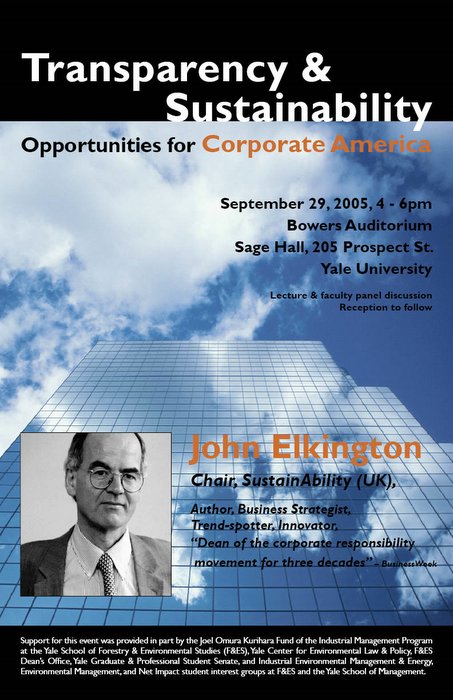

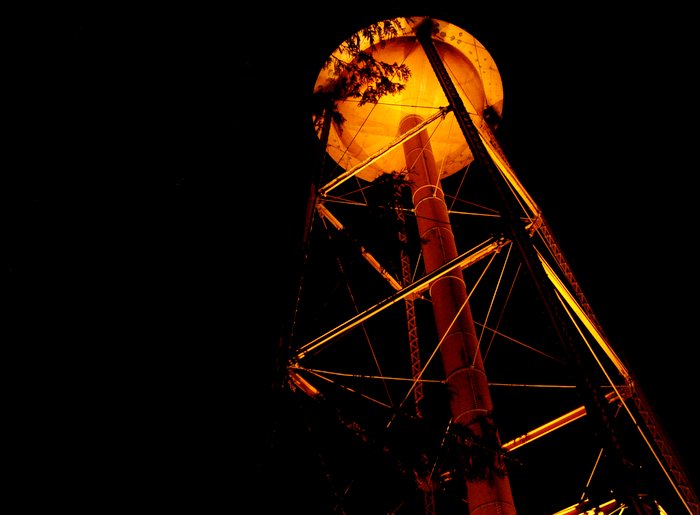

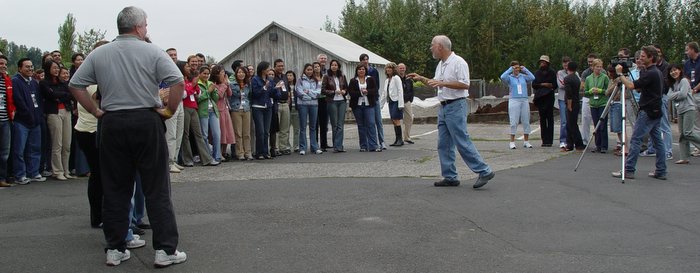
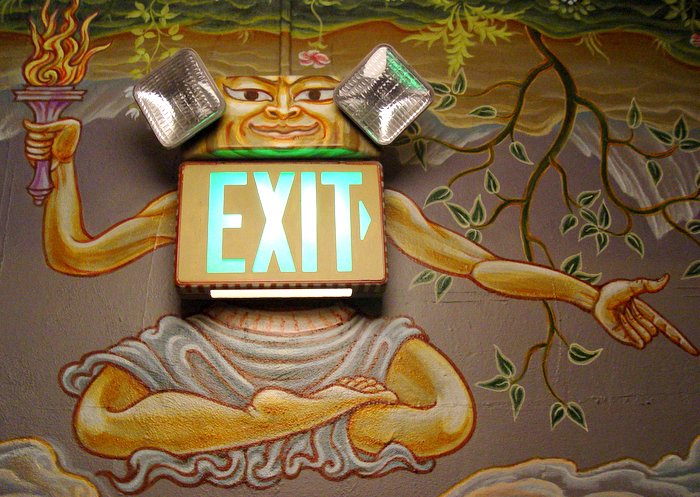


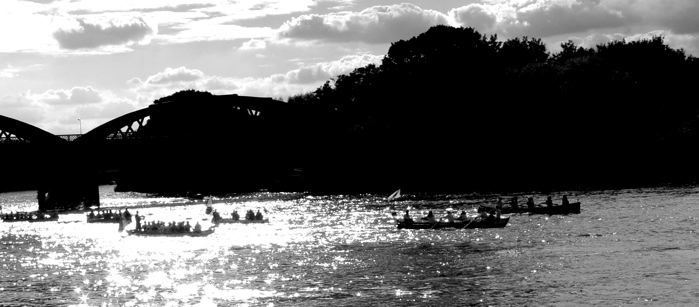
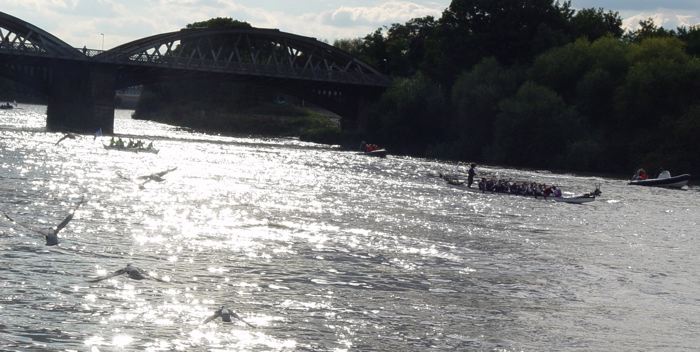


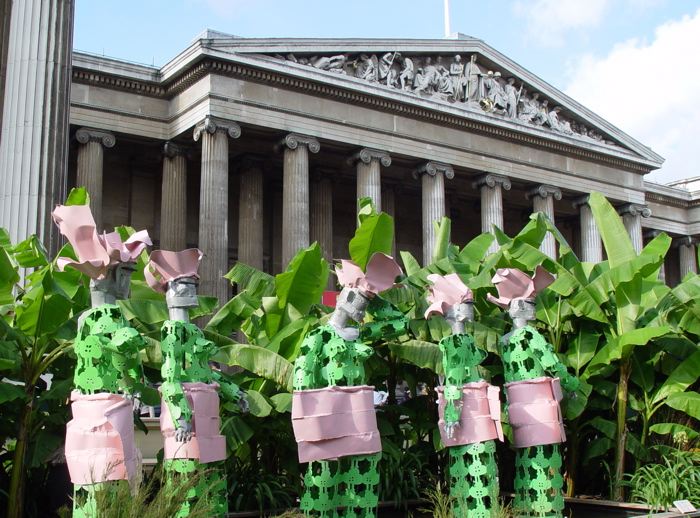
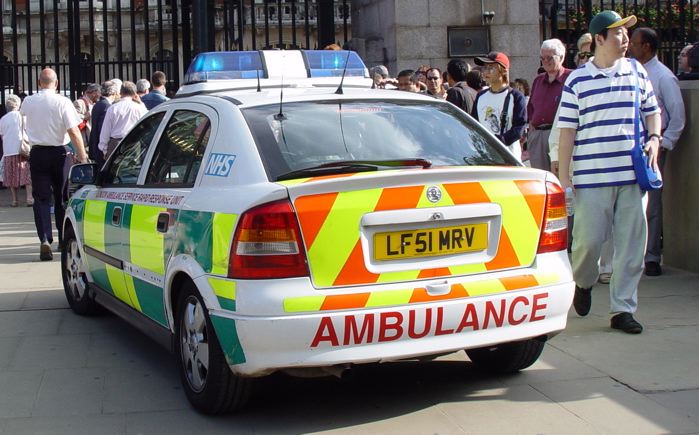
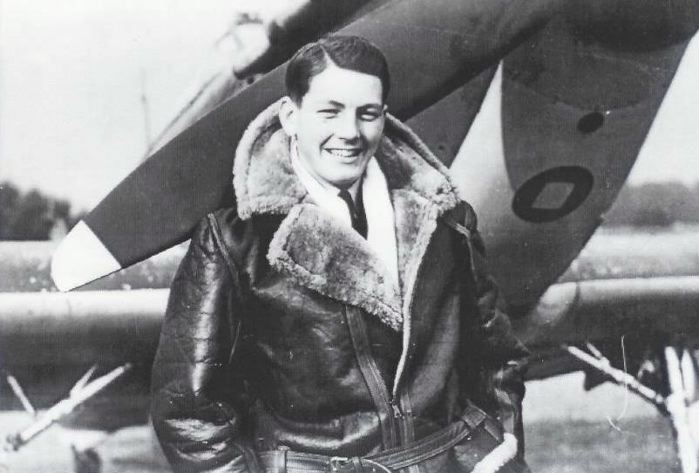
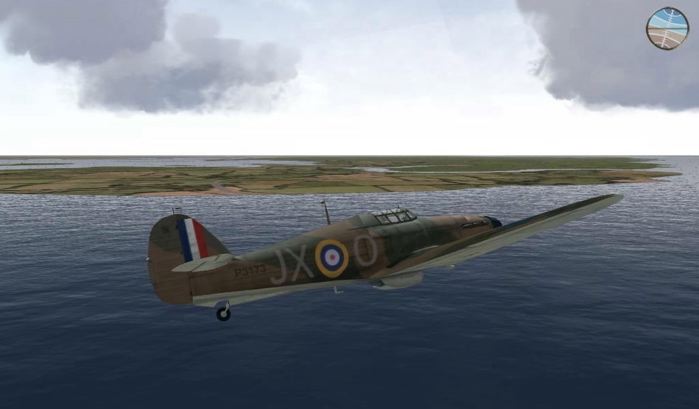

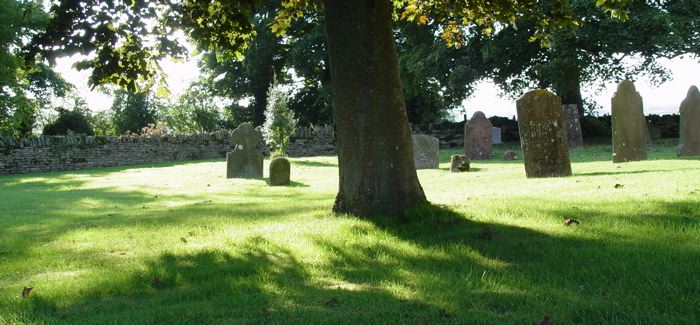
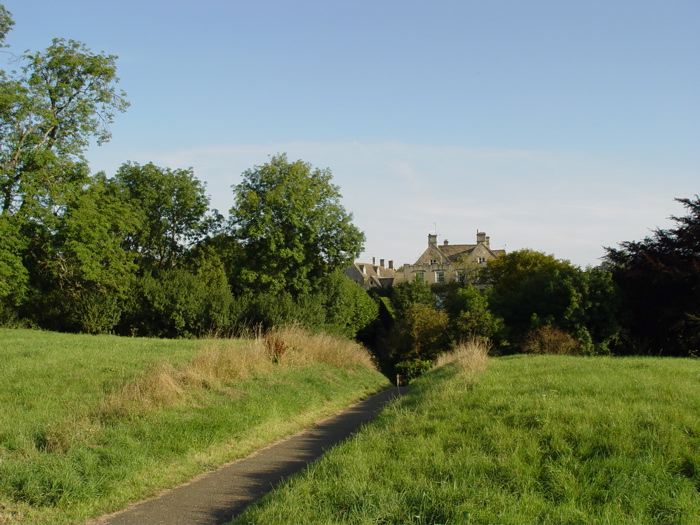
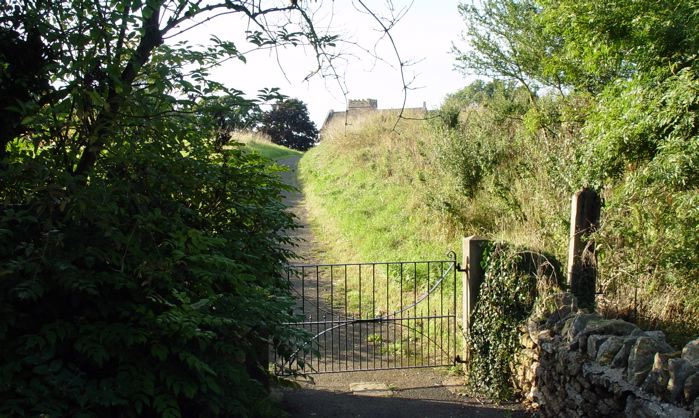
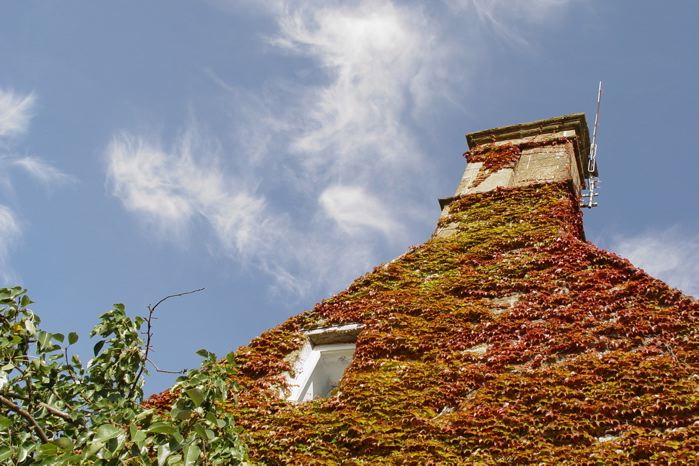
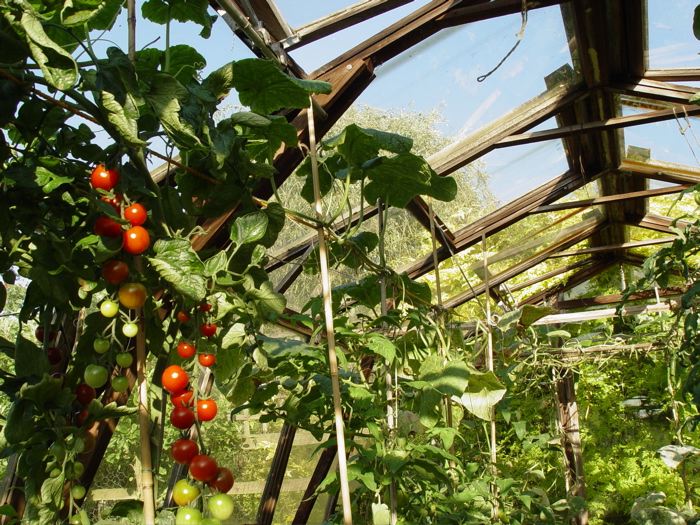
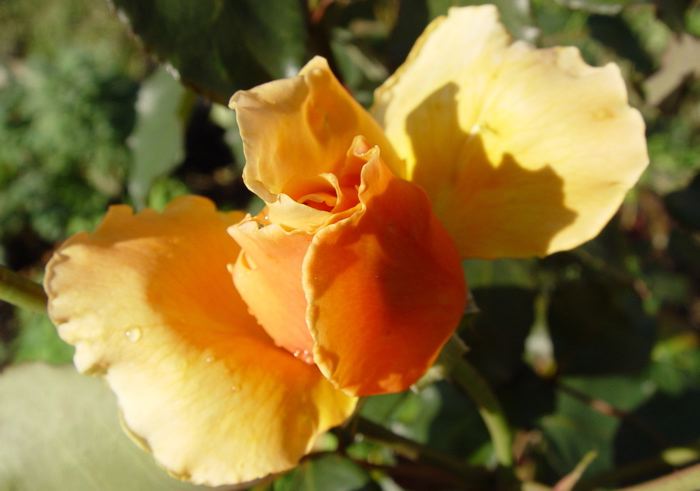
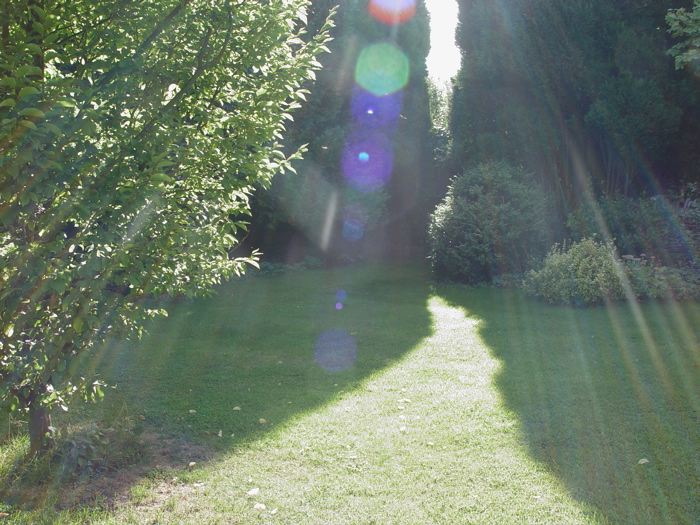

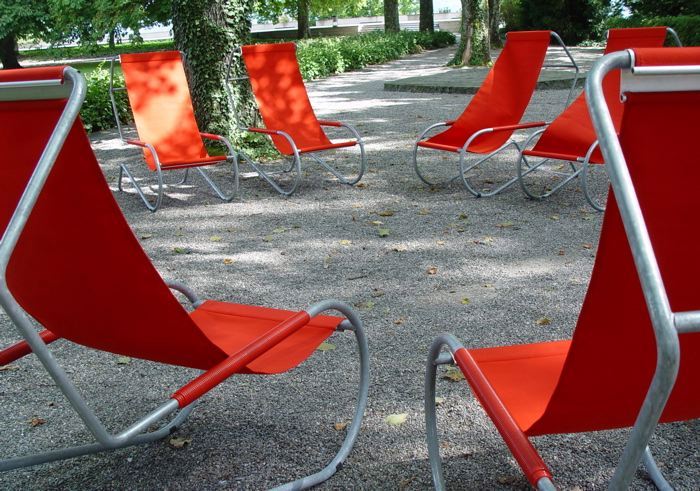
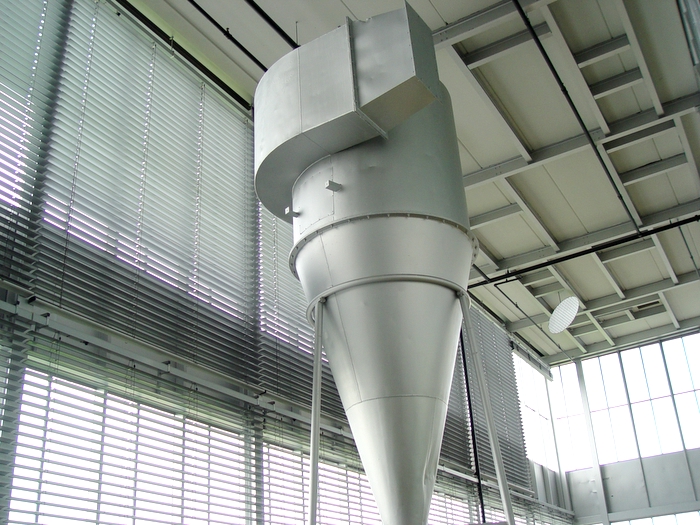


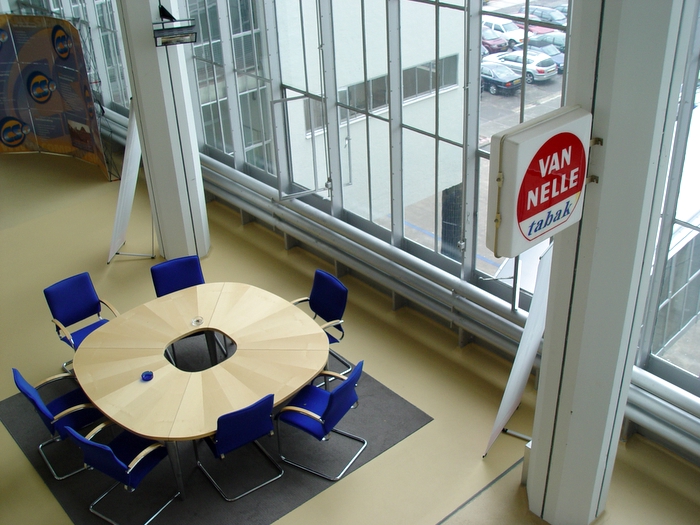
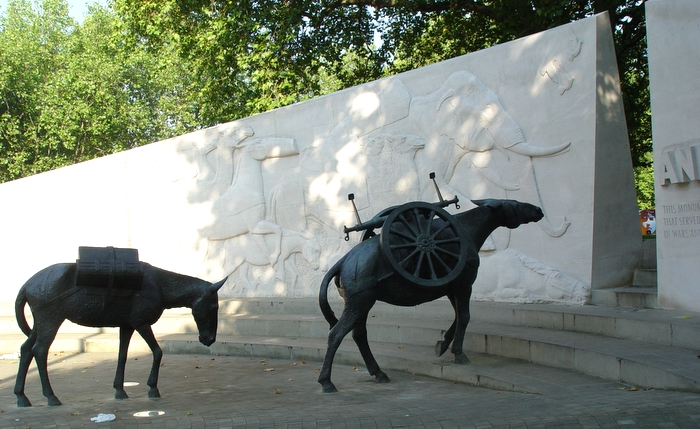

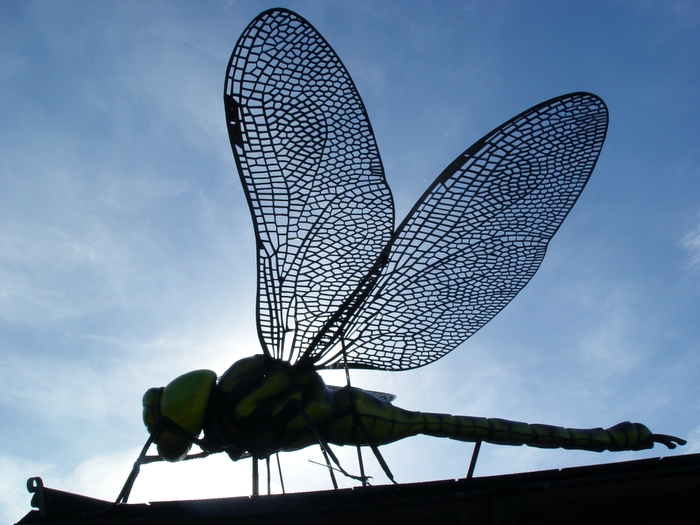

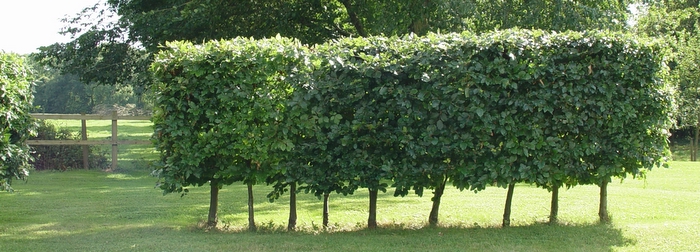
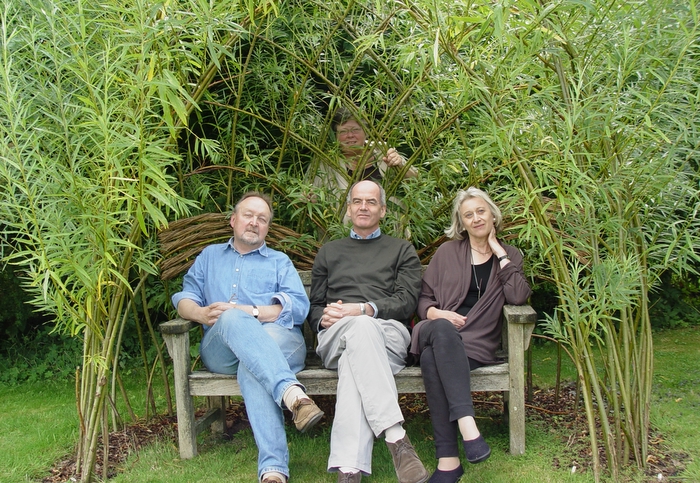
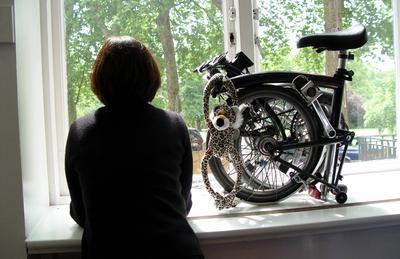

 Looking west, towards HMS Belfast
Looking west, towards HMS Belfast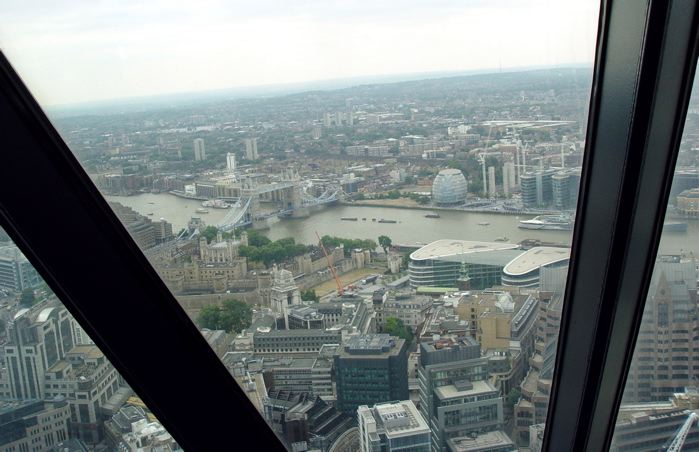
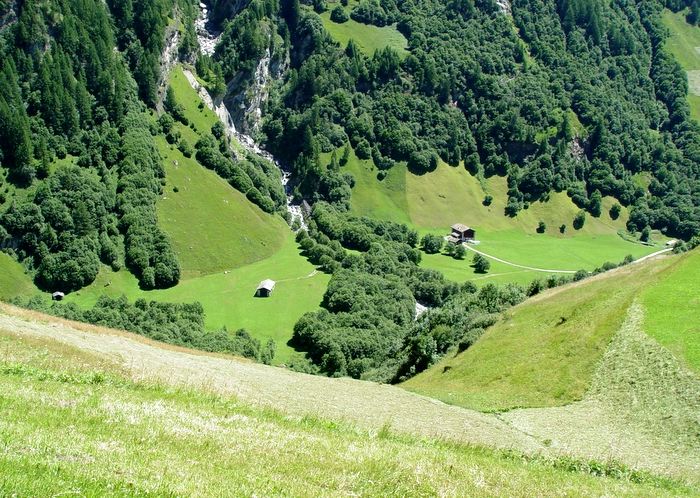
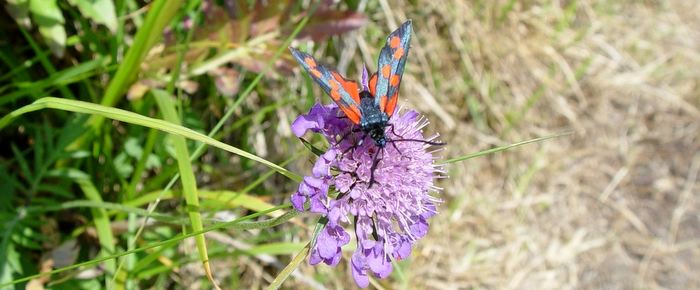 A Six-spot Burnet, says Sir Geoffrey Chandler
A Six-spot Burnet, says Sir Geoffrey Chandler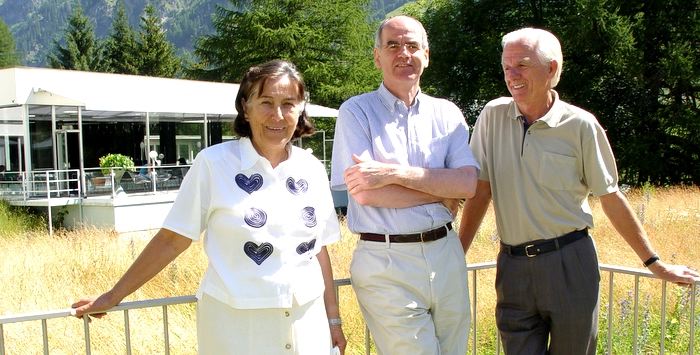
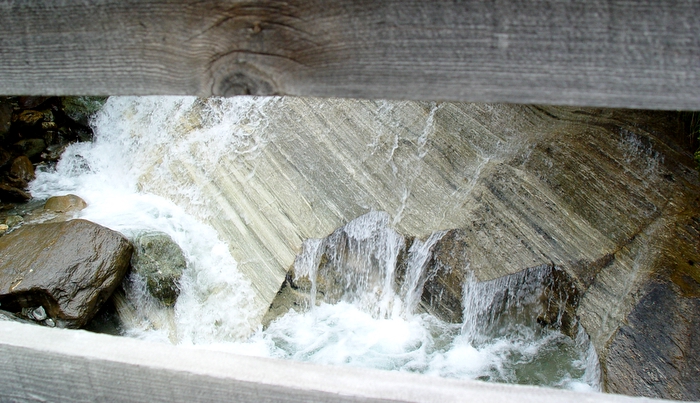
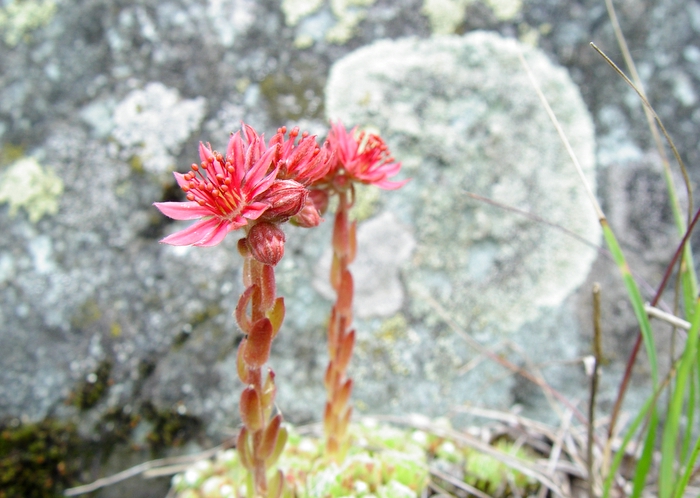
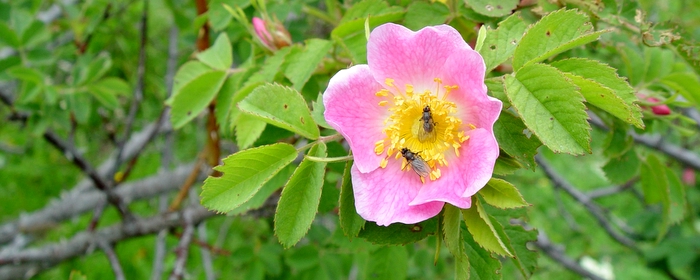
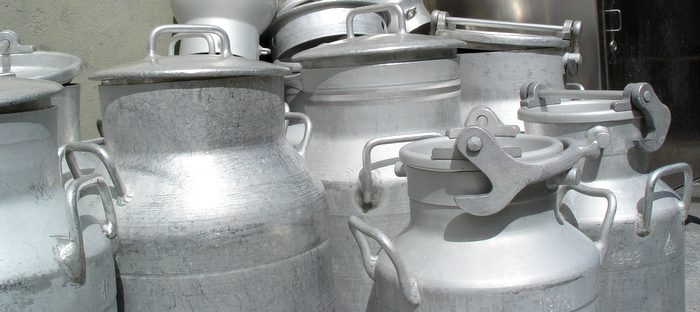
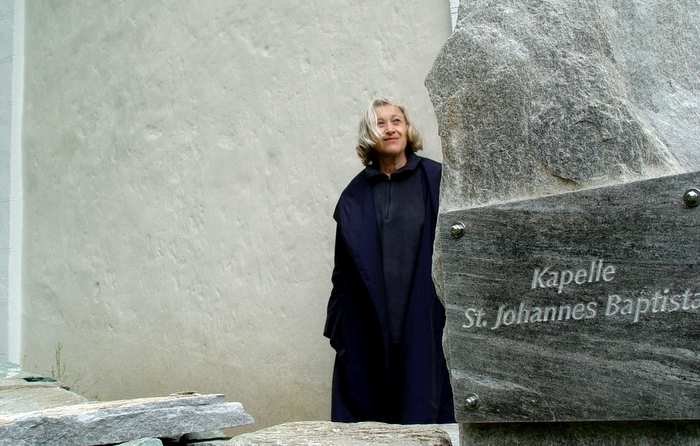 Elaine and chapel
Elaine and chapel Therme 1
Therme 1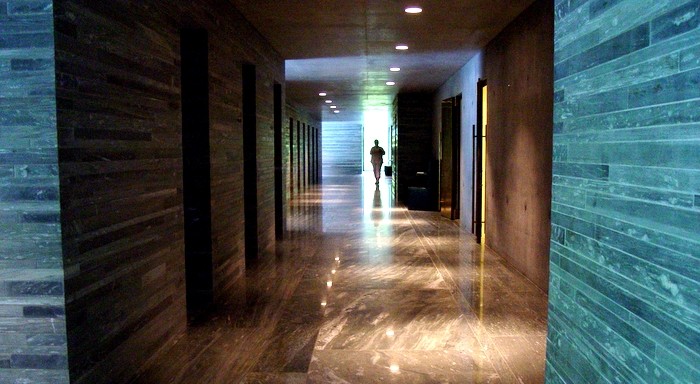 Therme 2
Therme 2
